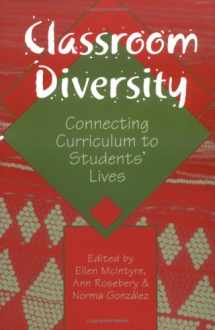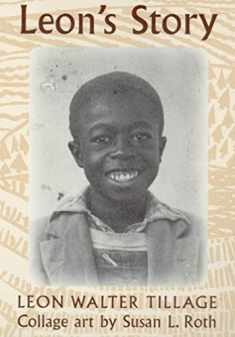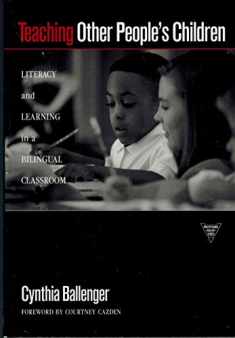
Classroom Diversity: Connecting Curriculum to Students' Lives
Book details
Summary
Description
Why do we honor some students' background knowledge and ignore that of others? How can we build on the "gifts of diversity" in our classrooms? Classroom Diversity offers examples of teachers wrestling with these issues. It presents a new way to look at curriculum design and the learning that can result when we put students' funds of knowledge first.
Classroom Diversity takes a "sociocultural" approach to curriculum design, which provides minority and working-class students with the same privileges that middle-class students have always had: instruction that puts their knowledge and experiences at the heart of their learning. It presents both the theoretical framework for linking students' lives with curriculum and specific strategies from teachers who have done so successfully. Their stories show African American, Haitian American, Latino, Native American, and rural white students of Appalachian descent engaged in contextualized learning as they read and write and do mathematics and science across the grades. All of the classrooms described share one important characteristic: they use students' household-based funds of knowledge as resources for school-based funds of knowledge, building bridges in nontraditional ways.


We would LOVE it if you could help us and other readers by reviewing the book
Book review





